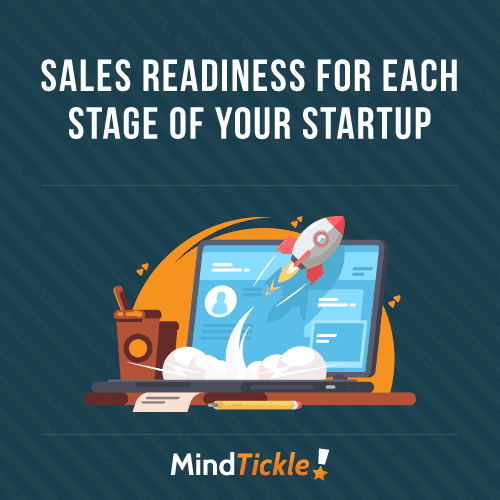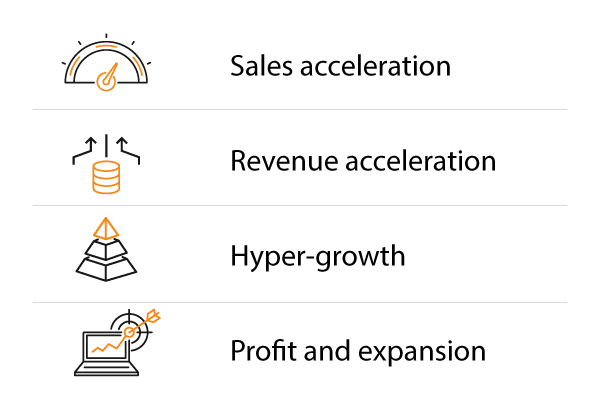When Hiring for Sales Enablement, What’s the Best Fit – Product Marketing or Sales?
 Sales enablement is currently at a nascent stage, which means it can be difficult to find good quality people with enablement experience. Many often fall into sales enablement roles because someone suggests it to them or perhaps they’ve taken on some of the functions of the role as part of their position in sales or marketing. It’s something we’ve been thinking about a lot at Mindtickle as we help sales organizations scale rapidly, so when our co-founder and CRO, Mohit Garg, asked this question on LinkedIn, I found the broad range of responses quite interesting.
Sales enablement is currently at a nascent stage, which means it can be difficult to find good quality people with enablement experience. Many often fall into sales enablement roles because someone suggests it to them or perhaps they’ve taken on some of the functions of the role as part of their position in sales or marketing. It’s something we’ve been thinking about a lot at Mindtickle as we help sales organizations scale rapidly, so when our co-founder and CRO, Mohit Garg, asked this question on LinkedIn, I found the broad range of responses quite interesting.
According to Lucas Gerler, The Sales Enablement Society polled its members and found that about 40% of current practitioners come from marketing, about 30% from sales, and the remaining 30% from other roles. There are benefits to be gained from hiring from both sales and marketing backgrounds.
Sales is in your DNA
As Renee Capovilla said “If you have “walked” in the shoes of the customers you are serving your deliverables reflect that DNA.” And when it comes to sales enablement your customer is the sales organization, so having experience in sales is a big advantage. It gives you credibility on the field, particularly if the role involves delivering sales training and liaising with the sales organization regularly. Having sales management experience also gives you credibility with the C-Suite according to Chuck Marcouiller, “I believe the key customer of sales enablement is the CRO and senior sales leaders. Having a sales leadership background gives the street credibility and insight into what sales leadership is facing.”
The benefit of having sales experience extends beyond just credibility. It means that you know how to empathize with your customers and the problems that sales reps experience daily. A view affirmed by Nancy Maluso who said: “insights into the seller persona is critical.” This includes an understanding of the buying process and the sales skills that are required to convert a prospect to an opportunity and close the deal faster. Salespeople don’t need to know the thought process behind the product, they need to know their customer and how the product helps them.
But having sales experience isn’t enough as sales enablement must collaborate with so many areas and brings together a diverse range of skills. That’s why salespeople who have held a range of roles in an organization tend to be a good fit. If someone has worked in sales ops, been involved in process improvement, knows how to build partnerships internally or understands how to leverage technology to improve how they do their job, then they bring a lot to the table.
“I’ve found that folks with a pre-sales background perform very well. They understand selling and the sales process and they have deep knowledge of your products and can translate their value in a way sales (and customers) can understand,” explains Daniel West.
Marketing skills enrich customer conversations
While sales understand the customer, product marketing understands the persona and how they relate to the product. This means they can synthesize information about the customer from research and other sources and understand the psychology behind how to communicate with a customer effectively. When coupled with execution skills like lead generation this can be a very powerful skill set that enriches the sales enablement team.
Marketing skills are also favorable at the execution level for some aspects of sales enablement. Content delivery and program management are two areas where marketing can really create knowledge. It may also be beneficial to look beyond product marketing and consider people in regional marketing functions. This is because those roles often incorporate many types of enablement and field sales activities.
Blending sales and marketing may be the right mix
Perhaps the real answer lies in not choosing one over the other, but rather bringing together a blend of skills in your sales enablement team. While people with a sales background know how to approach customers, those in marketing understand how to craft a compelling message to a persona. When both come together they can create the right blend that can enable your sales team and continuously hone and improve their skills.
It’s not easy to find people who have straddled both sales and marketing over the course of their career but you can occasionally find a salesperson who has a knack for product marketing or vice versa. But if you have a sales enablement team then it is perhaps best to create an environment where you can leverage a cross-functional skill base and place people in roles that work to their strengths. This approach can give you the best of both worlds.
Sales enablement is multi-faceted
While the primary discussion is around whether sales or marketing skills are best for sales enablement roles, the reality is that enablement is a multi-faceted role. It’s not enough to understand the customer, craft a message and train the sales team. It also involves making sure they’re more effective at their role and have everything they need to be ready for every sales conversation. This requires analytical skills, an understanding of technology and the ability to improve and re-engineer processes. Sales enablement needs the skills to develop and execute content and training programs, which requires a combination of these skills.
In many respects, sales enablement requires a multidisciplinary approach, which is why some practitioners come from consulting, engineering or even training. The key for any sales enablement leader is to align the desired business outcomes to projects and milestones. They must work with learning specialists to design the right outcome-oriented program.
Each sales organization is different and must find its right blend
When it comes down to it, there isn’t necessarily a right or wrong answer to this question – it really depends. It depends on the stage your business is, the verticals you’re targeting, your product and your growth trajectory.
The needs of a sales organization also change over time and so do the skills they require in their enablement team. That’s why identifying what your organization requires now and then building a strategy and a team that can deliver those specific needs is so important.
By its very nature, sales enablement needs to be forward-looking and able to pre-empt what sales require before it becomes a real problem. This strategic outlook should translate into your hiring strategy. A sales enablement team needs to enable the acceleration of sales, and you need a team that can support your strategy to achieve this.



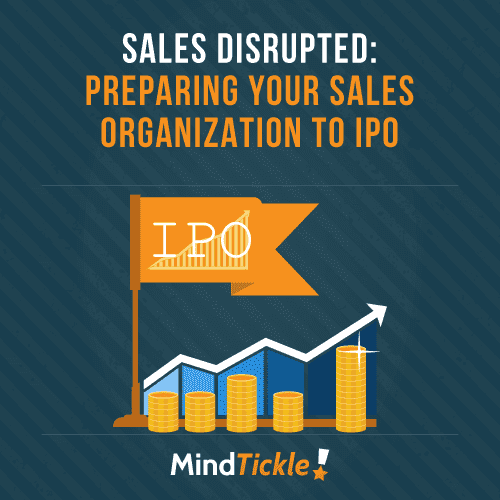
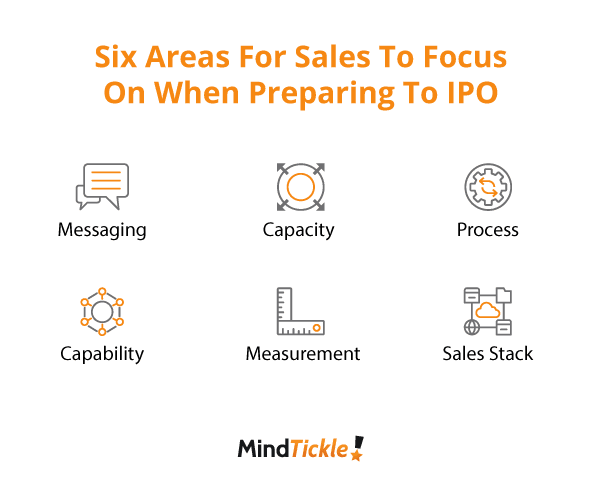

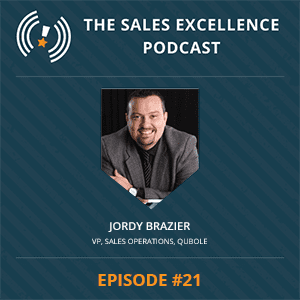

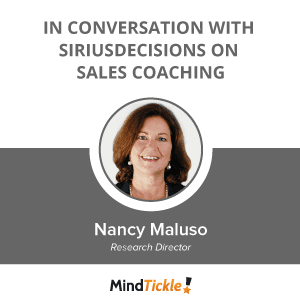 This post is based on a webinar with Nancy Maluso, Research Director for SiriusDecisions. You can listen to the entire webinar
This post is based on a webinar with Nancy Maluso, Research Director for SiriusDecisions. You can listen to the entire webinar 
